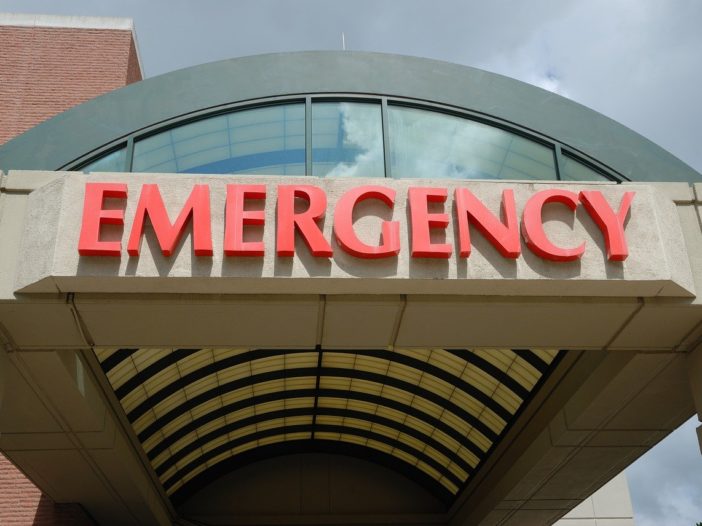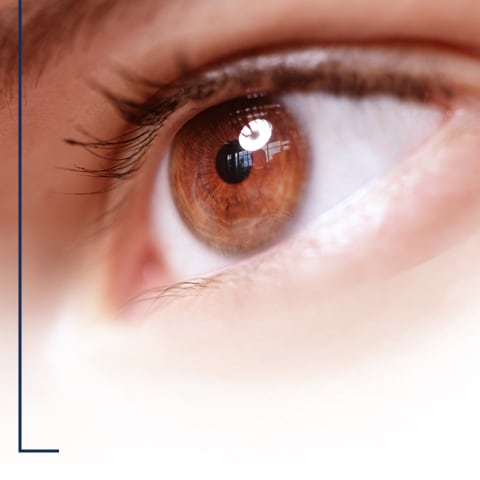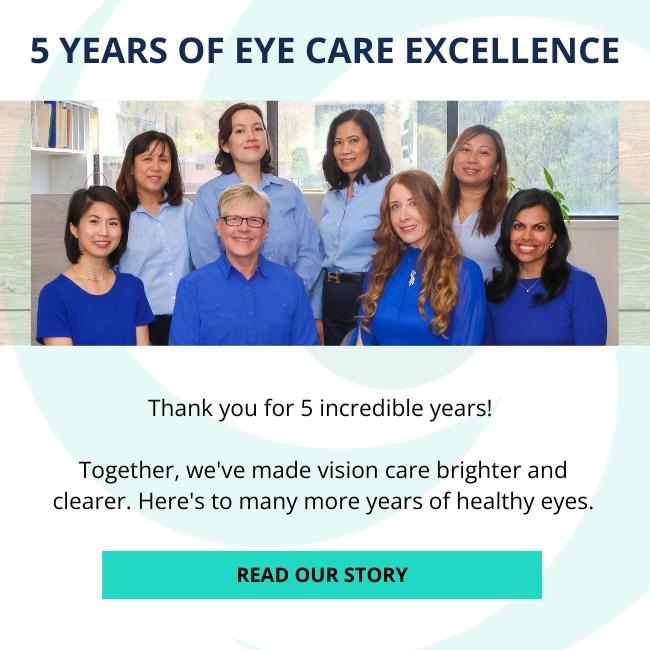The human body is made up of many organs, tissues and organ systems, each serving a purpose, but intricately working and communicating with one another to ensure the bodies continued smooth and healthy functioning. The healthcare system has been set up in a similar way. Doctors specialize in treating various functions of the body, while working with one another and maintaining open lines of communication to deliver the best and most effective care.
An optometry education is focused on years of studying the eye, and the connection between our eyes, brain and body. Throughout our careers, we are looking at eyes, all day, every day! While each type of healthcare provider in our system is important, when it comes to your eyes, your eye doctor often possesses the most knowledge and expertise to help diagnose and treat your eye issues. They will work with other specialties when required to transfer patients or collaboratively oversee the care of a patient.
As an eye doctor, I specialize in overseeing the eye health of my patients, including emergency eye care and acute and chronic eye diseases. I have provided emergency eye care for the majority of my career, working in ophthalmology clinics with a multidisciplinary team. This was integral to providing me with the confidence, experience, and skill set to provide emergency care. Key aspects of my role included:
- Determining what constitutes an emergency versus not
- Determining what may be addressed via tele-medicine platforms versus in person visits
- Assessing what needs to be seen by your eye doctor
- Assessing if the situation requires a transfer to the Emergency Department
In 10 years of practice, I have sent two patients to the emergency department. Patients ask when they should go to the Emergency Department, and I often reply “when your eye is physically out of its socket in your hand”. This is because optometrists are here to provide you with the care that you need for your eyes, and possess years of experience and knowledge specialized around the eyes. Many patients have mentioned that they first presented to the urgent care clinic, their family doctors, and emergency departments, before they were transferred to an eye doctor. Partly, this is because we need to do better as a health system communicating information to the public on who to see, and when. We’ve done this well in some areas, and less in other. For example, if an individual experiences a toothache, they seek out their dentist, and not the emergency department or a family doctor. This same logic should follow with our eyes.
Below are three cases where patients have gone to the emergency department and did not receive the right diagnosis or care for their eye issue.
First case (A case of optometry and the emergency department working collaboratively):
A 62 year old male presented to the emergency department for headaches, nausea and some visual field changes. No head imaging was done, and after some other testing, patient was then discharged. A couple of days later, patient was seen by an eye doctor for a visual field test and a scan of the optic nerve (the nerve that connects to our brain). Upon review of the tests, I instructed the patient’s family to return to the emergency department and to request head imaging. The tests showed a significant defect in peripheral vision, and an elevated amount of swelling of the optic nerve. Head imaging (CT or MRI) is necessary in these cases to rule out a space occupying lesion that compressed on the nerve. Once imaging was completed, it was discovered that the patient had a brain tumor.
Second case (A case of emergency department misdiagnosis and long referral times):
A 26 year old female was diagnosed with retinal holes while travelling abroad. She came back from overseas, and went to two different emergency departments that dismissed her symptoms and gave her referrals to Ophthalmology clinics that never reached out to her. Her employer finally reached out to me, and I agreed to see her immediately. I confirmed the retinal hole diagnosis, and subsequently referred her for treatment. This is a situation where the patient did not know that presenting to the emergency department for such a condition may not necessarily result in having your eyes examined that same day. When I see eye emergencies, I perform certain testing in the office the same day to determine what the problem is. I also have the latest technology to assist me in imaging and scanning layers of the back of the eye to detect abnormalities that otherwise could not be found when presenting to the emergency department.
Third Case (A case of optometry, family medicine and ophthalmology collaboratively working together):
An otherwise healthy 44 year old female referred by her family physician, presented to the clinic with double vision and left eye irritation/puffiness. She also complained of ringing in her ears. She had seen an ear, nose and throat specialist back in February for the ringing, was told everything was normal, but an MRI was scheduled and set for middle of May. While waiting for that MRI appointment she developed double vision and eye irritation. She presented to the emergency department where a CT scan and an ECG were conducted and the patient was told all was normal. Nonetheless, her family physician felt she needed to be seen by an Optometrist. She subsequently initiated the referral to me and we saw her. After conducting specific tests that allowed us to test her muscle and nerve functions, a cranial 6th nerve palsy was suspected. At this point neuro-ophthalmology was consulted. She was seen urgently and referred onto neuro-surgery due to the finding of an abnormal connection between the carotid artery in her neck and the network of veins to the back of the eye (in the brain!). We are so happy she is now receiving the care she needs.
These are some of the hundreds of patients I have seen over the years that sought care in emergency departments that unfortunately led to a delay in treatment.
On the other hand, there are two patients I have sent to the emergency department myself.
1st ER patient:
A young gentleman with multiple health conditions presented with vision loss. His vision was not stellar to begin with. We ran diagnostics in the clinic on this gentleman, and we suspected an attack to his optic nerve that had caused his vision loss possibly from multiple sclerosis. He was admitted to the emergency department the same day and we called ahead of his arrival to make them aware.
2nd ER patient:
A 67 year old gentleman presented for his first ever eye exam. He was complaining of floaters (spots in your vision). He had a history of blood pressure and high cholesterol and was on medications. Upon examination of the back of his eye, I noted a plaque on one of the arteries in the back of his eye. Other findings also indicated significant damage to the body from blood pressure. It was a warm summer week just before a major holiday, and doctors were not readily available. He was unable to be seen by his own doctor or have imaging the same day, and so we sent him to the emergency department with a requisition of all the required tests I felt he needed. Luckily, he was scheduled the following week for an emergency procedure after discovering he had over 90% of his carotid artery blocked. If left unchecked, he may have suffered a life-threatening stroke. Our patient was eternally grateful.
My goal is to provide the highest quality of eye care and ensure patients are provided timely and effective treatments. When your eyes are bothering you, let me, the doctor of the eyes, take care of you.
Warmest regards, Dr. Taji










